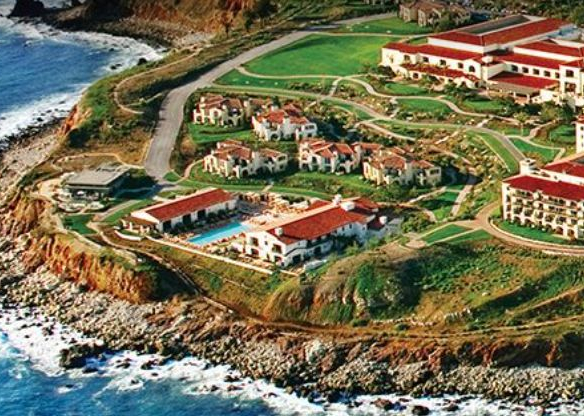
I learned about the history of Palos Verdes Peninsula during my certification as a Palos Verdes Specialist. Even though I have lived here over 27 years, some of this was new to me. In 1846, the Mexican government granted land known as Rancho Palos Verdes to the family of Don Jose Sepulveda. In 1882, Jotham Bixby acquired 16,000 acres of what is now the Palos Verdes Peninsula. In 1913 Frank Vanderlip, Sr. led a group of investor that purchased the Palos Verdes Peninsula for development and paid $1,500,000 ($93.75 per acre).
Vanderlip began building an exquisite estate (Villa Narcissa) near what is now Palos Verdes Drive South. With the stock market crash of 1929, that dream was not fulfilled. The Palos Verdes Project was formed and the Vanderlips sold off portions of the property that eventually became the 4 cities of the Peninsula. The city of Palos Verdes Estates was designed first and lot sales began in earnest after the Great Depression. In 1936, the area that is now the city of Rolling Hills was sold as it was thought to be too hilly to develop. In 1953, the Great Lakes Carbon Corporation purchased the last 7,000 acres (except for 500 acres that was retained by the Vanderlip family) for $9,000,000.
The name Palos Verdes means “green sticks”. The Peninsula is also known as the “terraced land” because when it was pushed up out of the sea, the action of the waves eroded plateaus or terraces. A total of 13 wave-cut terraces were formed. Palos Verdes was once an island that eventually became connected to the mainland after many years of alluvial deposits from a river flowing out into the ocean.
The Peninsula Center Library at 701 Silver Spur Road, Rolling Hills Estates 90274, has an entire room full of interesting pictures and historical information on the Palos Verdes Peninsula. Library hours are Monday through Thursday 10-4; Friday 1-4 and Saturday 10-1. For an appointment you can call (310) 377-9584 x 213 or visit the Library website at http://localhistory.pvld.org.




Join The Discussion